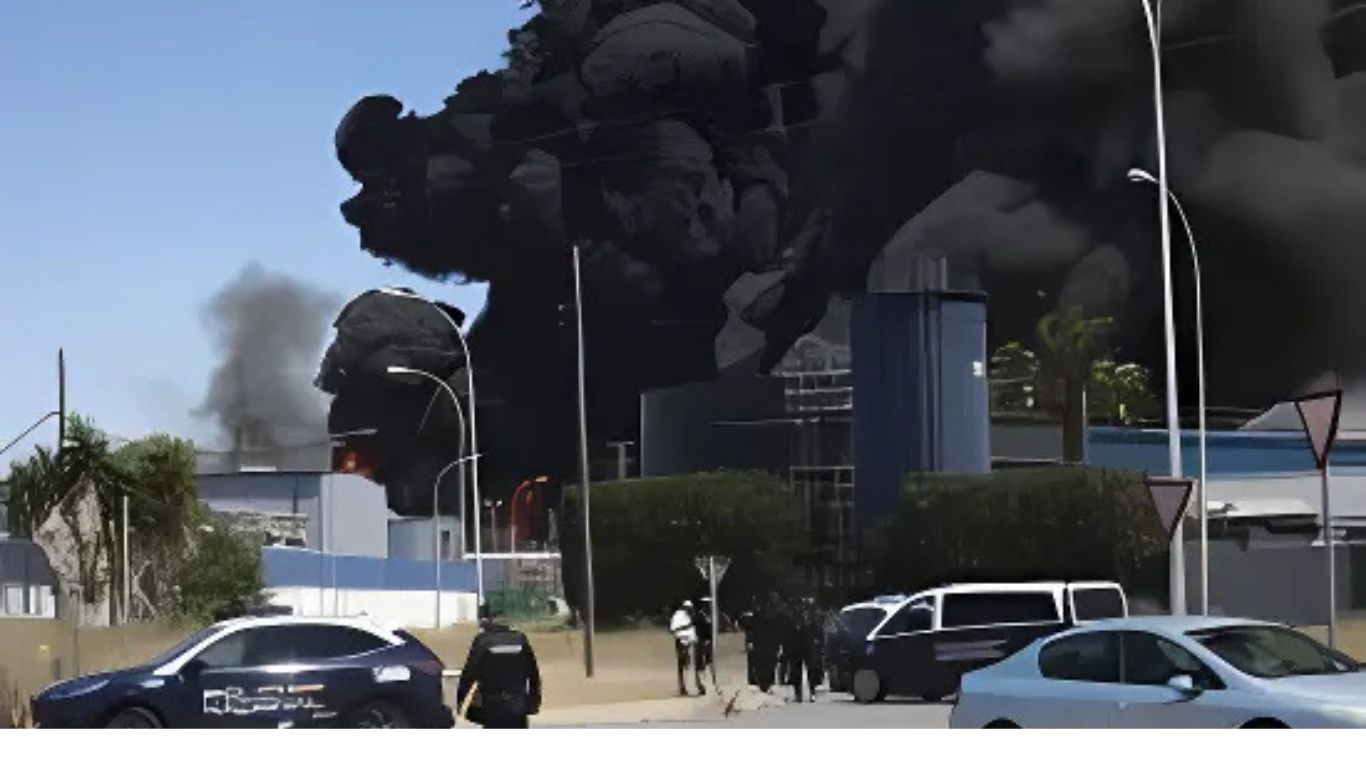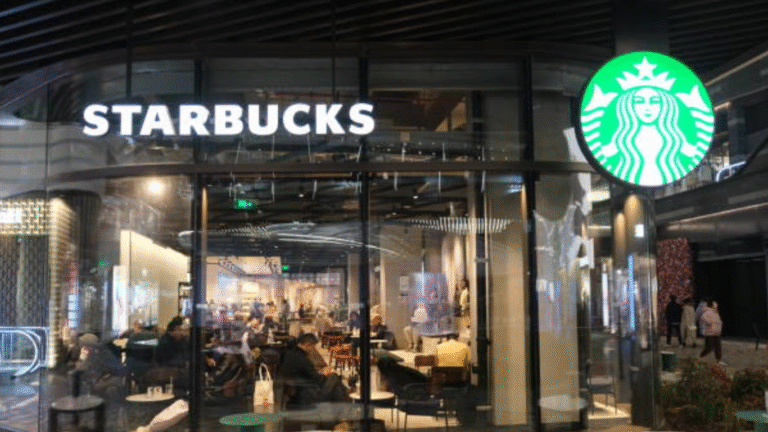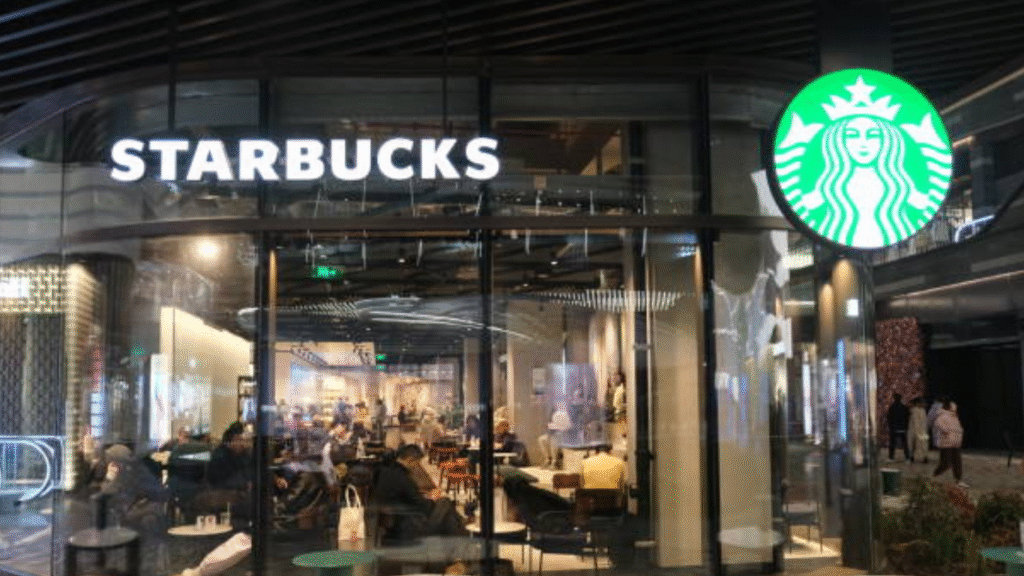A Startling Wake-Up Call for Industrial Safety
In the heart of Andalusia, the peaceful city of Seville in Spain was shaken by a massive chemical plant explosion that sent shockwaves both literal and figurative throughout the region. The blast, which erupted without warning, forced local authorities to issue an immediate safety alert and advise thousands of residents to stay indoors. The incident has reignited a critical discussion on industrial safety protocols, real-time hazard detection, and emergency response frameworks in urban-industrial intersections.
This article offers a detailed exploration of the chemical plant explosion, its potential causes, and the technological gaps it exposed. It also delves into how smart safety systems, industrial IoT, and real-time environmental monitoring could redefine disaster response and preventive protocols in cities like Seville in Spain.
The Explosion: What Happened in Seville in Spain?
The explosion occurred at a chemical processing facility located on the outskirts of Seville in Spain. Eyewitnesses described a deafening boom followed by a large plume of dark smoke rising over the horizon. Within minutes, local officials issued a city-wide alert, urging people to remain inside, close their windows, and avoid exposure to potential toxic elements released by the blast.
While the exact cause of the explosion is still under investigation, preliminary assessments point to a chemical reaction failure or pressurization incident that spiraled out of control. Emergency crews, firefighters, and hazmat specialists quickly responded to the scene to contain the fire and secure the perimeter.
This incident is not just a localized emergency it serves as a pressing reminder of how cities with industrial zones like Seville in Spain must prioritize safety preparedness and adopt modern technologies for risk prevention.
Immediate Aftermath: Safety Protocols Put to the Test
Following the explosion, authorities in Seville in Spain rapidly activated their emergency response framework. Roads were closed, drone surveillance was deployed to monitor the air quality, and local radio stations began broadcasting health advisories. These quick actions likely prevented more severe harm.
However, the incident also highlighted several shortcomings:
- Delayed air quality data: Initial readings on pollutant levels were not immediately available.
- Communication breakdowns: Many residents reported confusion due to inconsistent messaging between city authorities and emergency services.
- Lack of predictive warnings: There was no early indication of the impending failure at the plant.
For a modern European city like Seville in Spain, these shortcomings stress the need for a more integrated approach to industrial disaster management.
The Tech Behind Industrial Safety And Where It Failed
Despite advances in automation and industrial monitoring, many facilities still lack robust predictive systems that could prevent disasters like the one in Seville in Spain. Modern chemical plants are expected to deploy technologies such as:
- Industrial IoT sensors for temperature, pressure, and gas leak detection
- AI-driven anomaly detection to forecast potential equipment failures
- Smart alarm systems that notify authorities and residents in real-time
Unfortunately, the plant involved in the explosion did not appear to have comprehensive automated safety controls in place or if it did, they failed to function effectively.
This raises a crucial question: Are our industrial systems keeping pace with technological advancements?
Why Seville in Spain Is a Key Case Study
Seville in Spain is not only a cultural gem but also an economic hub with a growing industrial footprint. The city hosts a mix of heritage architecture and modern manufacturing zones, making it an important case study in balancing economic growth with public safety.
The recent explosion underscores several realities:
- Urban-industrial proximity is a risk factor. Many residential areas are close to operational chemical plants.
- Legacy systems still dominate. Some facilities rely on outdated equipment that doesn’t support predictive monitoring.
- Public awareness is low. Most citizens are unaware of the risks involved in living near chemical zones and the safety protocols they should follow.
These elements converge to make the incident in Seville in Spain, a pivotal moment for rethinking industrial zoning, citizen education, and smart city integration.

The Role of Smart City Technologies
The solution may lie in the deployment of smart city technologies that can detect, respond to, and even prevent incidents like this. Here’s how:
1. Real-Time Environmental Monitoring
Air sensors placed throughout Seville in Spain could feed live data into a centralized dashboard. This allows authorities to instantly assess contamination levels and make faster decisions during a chemical event.
2. Predictive Maintenance in Plants
AI-driven platforms can analyze equipment usage, stress levels, and maintenance schedules to predict failures before they happen. If implemented in the facility in Seville in Spain, this could have potentially averted the explosion.
3. Automated Alert Systems
City-wide IoT networks can trigger localized alerts through mobile apps, street signage, and public transport systems. In the case of Seville in Spain, this would have improved coordination and reduced confusion.
4. Integrated Emergency Response
Linking hospitals, fire stations, and local government bodies through a unified emergency platform enhances coordination. For a city like Seville in Spain, which has diverse urban and industrial areas, this is crucial.
Environmental Impact: Toxic Air and Water Concerns
Chemical explosions are not only dangerous due to the initial blast they also pose long-term environmental hazards. In Seville in Spain, authorities have launched investigations into potential air and water contamination following the event.
Concerns include:
- Airborne pollutants: Benzene, toluene, and other volatile organic compounds may have been released.
- Water runoff: Chemicals used in firefighting could contaminate nearby rivers and reservoirs.
- Soil degradation: Prolonged exposure to chemicals may impact agricultural zones surrounding Seville in Spain.
To counter this, environmental monitoring teams have been dispatched to collect samples and perform lab analysis. Still, the incident reveals how quickly such disasters can spread beyond the immediate site.
Public Health and Safety Measures Implemented
To safeguard residents, several measures were implemented across Seville in Spain:
- Indoor confinement orders for at-risk neighborhoods
- Deployment of mobile health clinics for respiratory screenings
- Special advisories for children, the elderly, and those with respiratory illnesses
- Drone-assisted area scanning for thermal imaging and gas detection
While these steps were commendable, many experts argue that such responses should be built into the city’s infrastructure rather than triggered reactively.
Legal and Regulatory Implications
The explosion has led to an urgent review of safety compliance regulations for chemical plants in Seville in Spain, and the broader region. Authorities are now exploring:
- Tighter controls on hazardous material storage
- Mandatory deployment of AI-based monitoring systems
- Routine inspections with higher penalties for violations
In a country as advanced as Spain, ensuring that cities like Seville in Spain uphold the highest safety standards is now a policy priority.
Residents Speak Out: “We Need Answers”
Local communities in Seville in Spain, have raised their voices, demanding more transparency and long-term solutions. Many residents are asking:
- Why wasn’t this disaster predicted?
- What safety mechanisms failed?
- How will we be protected in the future?
Neighborhood groups have started lobbying for regular public safety drills, educational campaigns, and an open-data dashboard showing chemical plant activities in real-time.
Building a Safer Seville in Spain
The road ahead for Seville in Spain involves strategic planning, investment in technology, and community engagement. To build a resilient urban-industrial ecosystem, the city needs:
- Smart infrastructure that blends AI, IoT, and big data
- Transparent governance that allows citizens to stay informed
- Modern training programs for emergency responders
- Public-private partnerships to implement cutting-edge safety tech
By integrating these pillars, Seville in Spain can become a global model for industrial safety in urban environments.
The Tech Industry’s Role Moving Forward
Technology companies have a unique opportunity to assist cities like Seville in Spain in their journey toward safer industrial operations. They can offer:
- Cloud-based environmental analytics
- Modular sensor deployments for existing plants
- Real-time public communication platforms
- Data integration tools for emergency services
Instead of focusing solely on innovation for convenience, the tech sector must now embrace innovation for safety and sustainability, especially in high-risk zones like Seville in Spain.
Final Thoughts
The explosion at the chemical plant near Seville in Spain is not merely a tragic accident—it’s a moment of reckoning. It emphasizes the urgent need for cities to align urban development with technological innovation in safety, environmental protection, and disaster response.
As the city rebuilds and reevaluates, the lessons from this crisis could lay the foundation for a safer, smarter, and more resilient Seville in Spain. Through the right blend of policy reform, technology adoption, and public engagement, the city can transform this challenge into an opportunity for long-term progress.
















